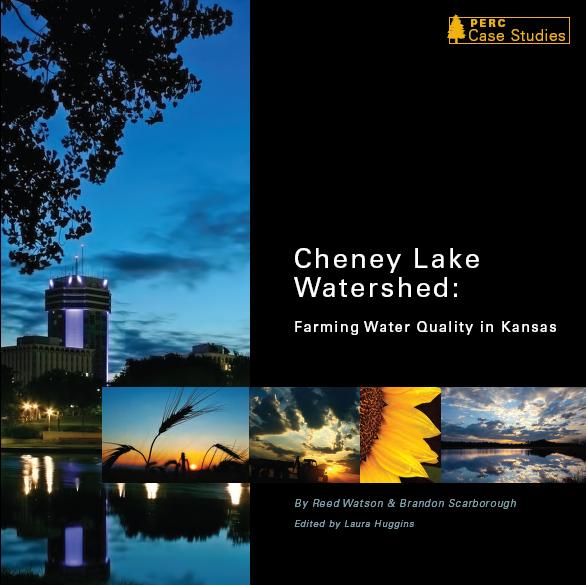by Brandon Scarborough
Increasing water scarcity and decreasing water quality have become two of the leading environmental and economic challenges we now face. In a recent nationwide survey of water quality, the U.S. Environmental Protection Agency reported that roughly 42 percent of stream miles and 23 percent of lakes are in poor condition and no longer support their intended uses. Additionally, changing precipitation and water withdrawal patterns have reduced stream flows in many locations below the level required to maintain habitat for fish and wildlife.
Given these challenges, it is crucial that public policy recognizes the importance of water as an asset. So doing requires understanding the institutions that govern water ownership and allocation and the ways in which these institutions encourage or discourage conservation. Given such an understanding of the institutions, it is then possible to recognize that water can be both an input as well as an output in production processes.
PERC’s new Water as a CropTM case studies exemplify free market environmentalism by describing profitable strategies for marketing agricultural water to non-agricultural water quantity and quality demanders. As the value of clean water and free flowing streams continues to increase, farmers and ranchers are reevaluating the way they use water and land resources to produce outputs. When landowners can profit from improvements to environmental quality, outputs such as clean water, wildlife habitat, and improved stream flows become additional “crops” in a landowner’s production function. From apple growers in Washington to irrigators in Georgia, the agriculturalists identified in the case studies practice water conservation not only because it can be profitable but also because it is the right thing to do.
The first in a series of case studies highlights the efforts of farmers in south central Kansas that are now managing their land and water resources not only for agricultural production, but for improved water quality and enhanced habitat for fish and wildlife. Partnering with the City of Wichita, a local conservation district, and state and federal agencies, area farmers have developed a watershed-wide plan to improve water quality by putting environmental outputs in the hands of the farmers. In the end, farmers improve their land use practices and their economic returns and the city reduces its water treatment costs, while reduced sediment and pollution increase the production of environmental services.
Brandon Scarborough is a research fellow at PERC and coauthor of Saving our Streams: Harnessing Water Markets, available at perc.org.



